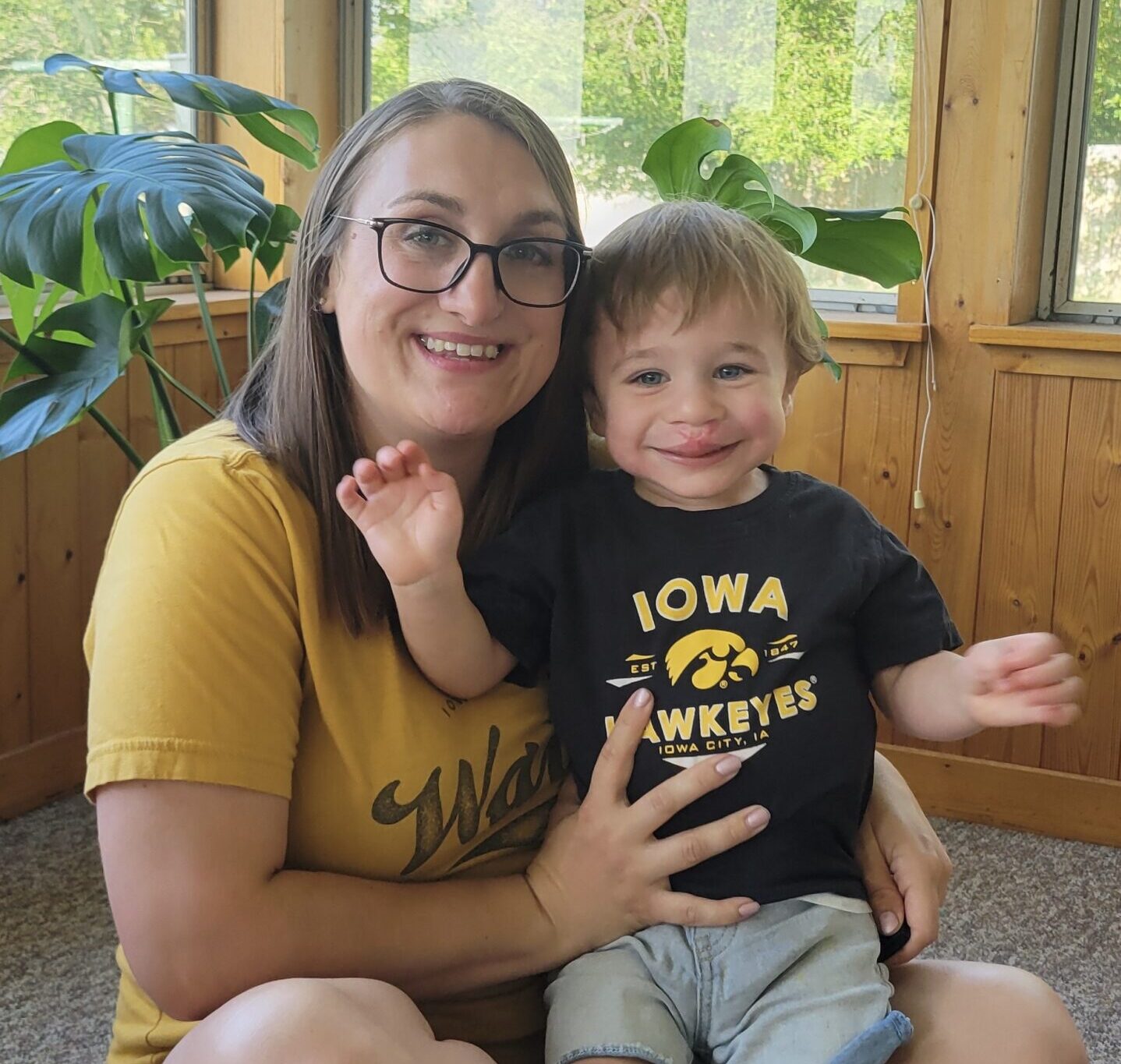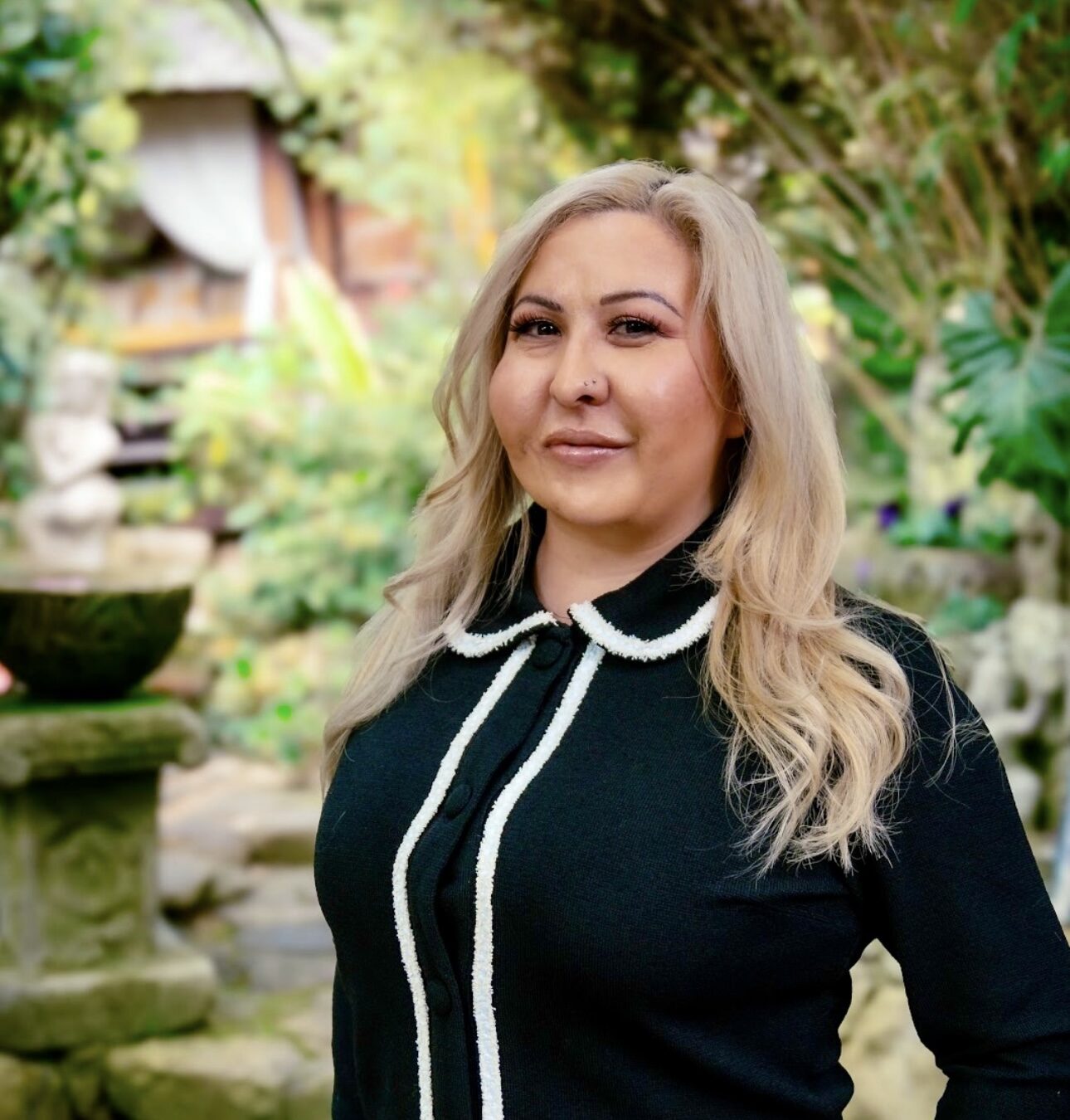My name is Robyn Hughes. I am a museum professional at a Jewish history museum and a braille consultant in the Baltimore area. I have a BA in Jewish Studies with minors in Philosophy and Hebrew from the University of Maryland, College Park, an MA in German Jewish History with a focus on the German Jewish Coffeehouse Intellectuals from Baltimore Hebrew University and a Certificate in the Unified English Braille Code from the Canadian National Institute for the Blind. I was a visiting graduate student at Harvard University and at Hebrew University in Israel, and conducted research in London, Berlin, Vienna and Paris. My past as well as current community service activities and hobbies include: serving on the friends of a state library board of directors, serving on a local Jewish community organization board of directors, supporting wildlife conservation efforts in Africa, competitive horseback riding, competitive swimming, playing chess, playing the piano, rock climbing, cross country skiing, piloting Cessna Aircraft, sailing, hiking and camping.
I also have a congenital genetic complex malformation syndrome that affects most of my organ systems. It includes: a unilateral cleft palate, unilateral cleft lip, anodontia (congenital absence of teeth), facial asymmetry, multiple other craniofacial anomalies and a severe congenital visual impairment. My syndrome has necessitated approximately thirty-six surgeries, many of which have been major. I have been extremely fortunate throughout my life to have had the support of family members, friends, teachers, medical professionals and patient advocacy organizations, such as the Cleft Palate Foundation, through their phone outreach service and their Connections Medical Conferences for patients and families. It has been my perception that the common belief among the community regarding cleft treatment is that individuals may spend the first twenty or thirty years of their lives having reconstructive surgeries and then their care will be complete. This has not been my experience. One example of this reality in my life began when I was told by my cleft palate medical team in my twenties that my maxilla (upper jaw) was in danger of separating and needed surgical intervention through bone grafting and later insertion of a full dental bridge and dental implants. They explained that a separated maxilla was not “transcendable” like a visual impairment and that it would make verbal communication and eating tremendously difficult. So, I underwent the bone graft which involved placing bone from my hip into my upper alveolar ridge (area of my maxilla) and had a full bridge inserted. The latter procedure required my prosthodontist to destroy the entire surface of all of my upper teeth. I was nevertheless pleased with the result, a stabilized maxilla and a comfortable bridge which allowed me to attain my career goals.
Bridges however, only last on average ten years they say. After that the cement often brakes down enabling bacteria to irreparably damage the teeth. This happened to me three years ago when I was 40 years old. Since then I have had multiple root canals, tooth extractions, insertion of a temporary bridge, two additional bone grafts from deceased donors and two dental implant insertions. This treatment plan has necessitated four surgeries beginning in August 2016 and if all proceeds according to schedule an additional two implant and extraction surgeries will be performed in August 2017. My case has required a six month period between the implant insertion and the crown attachment to ensure implant integration into my maxilla. As a consequence, I have been restricted by my surgeon to a soft/pureed diet likely until February 2018. This latest medical adventure has been a challenge for me due to the multiple needle sticks, diet limitations and oral ulcers from my temporary bridge. Despite these issues, I have continued to fulfill my professional responsibilities of giving museum tours to visitors and creating Jewish history and braille literacy educational programming for the public. In addition, I have continued swimming, traveling and visiting friends. I am profoundly grateful to everyone who has assisted me along this journey, especially to my Mother, surgeon, dental assistants, tissue donors/their families, transplant teams, cleft team, friends and to the American Cleft Palate-Craniofacial Association.cleft






